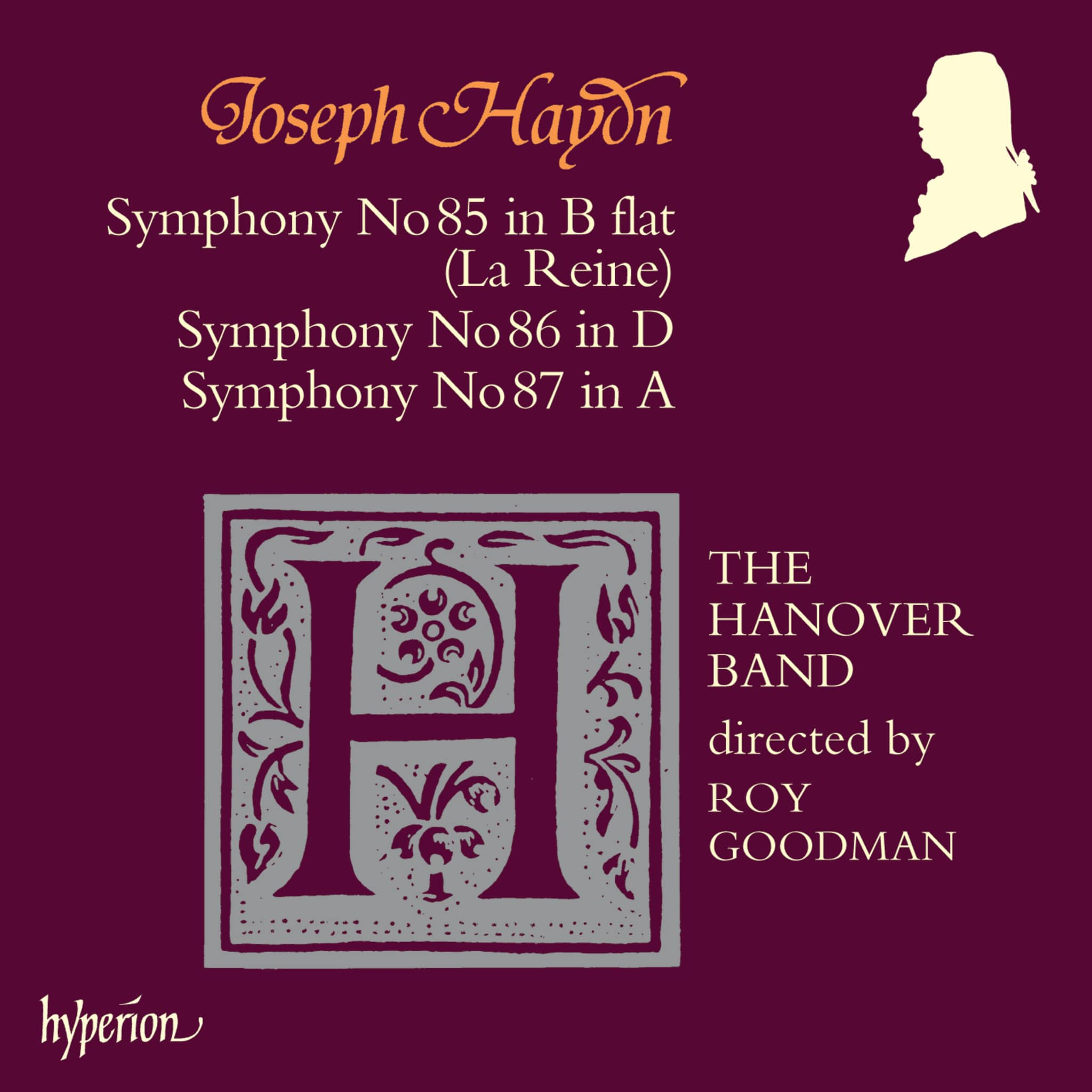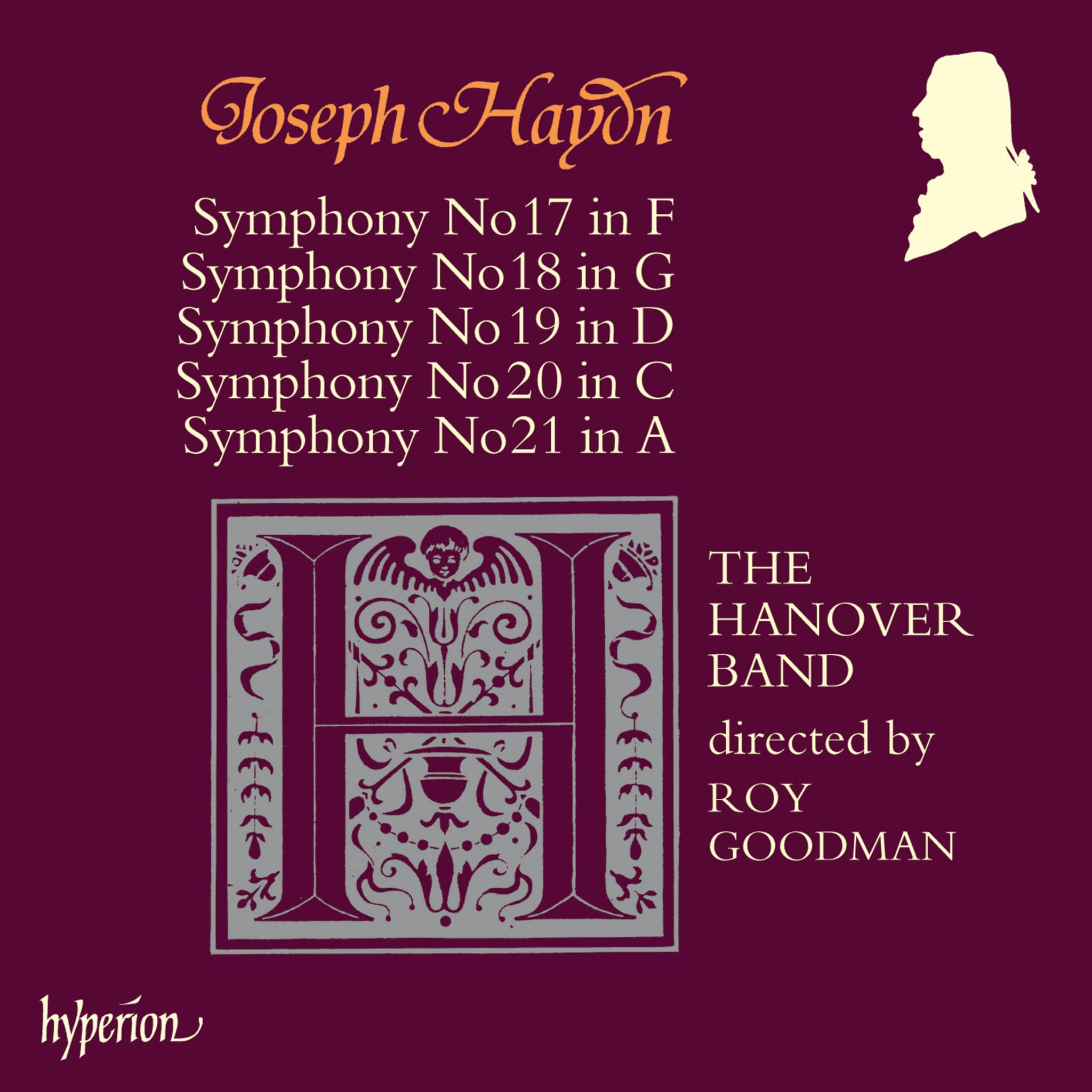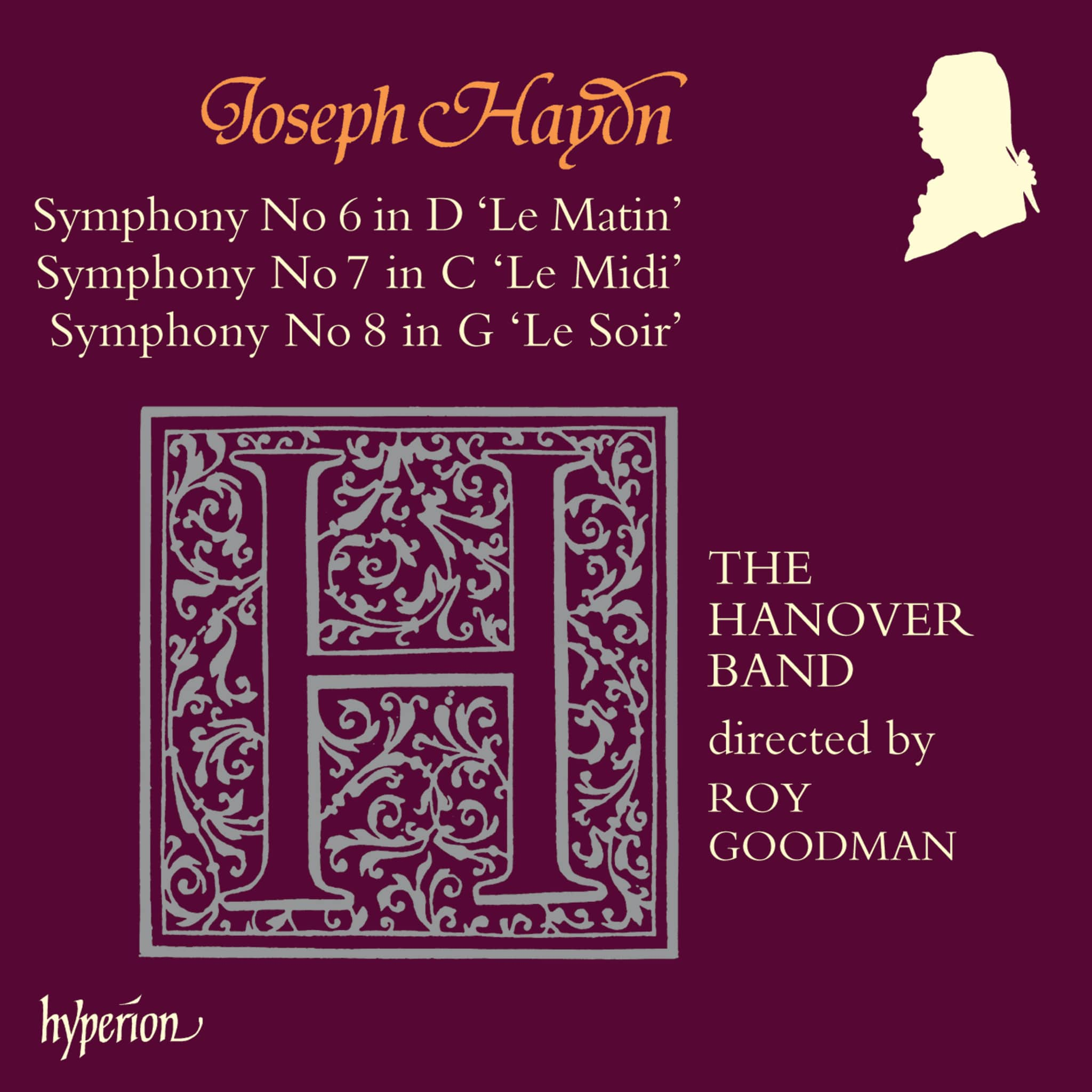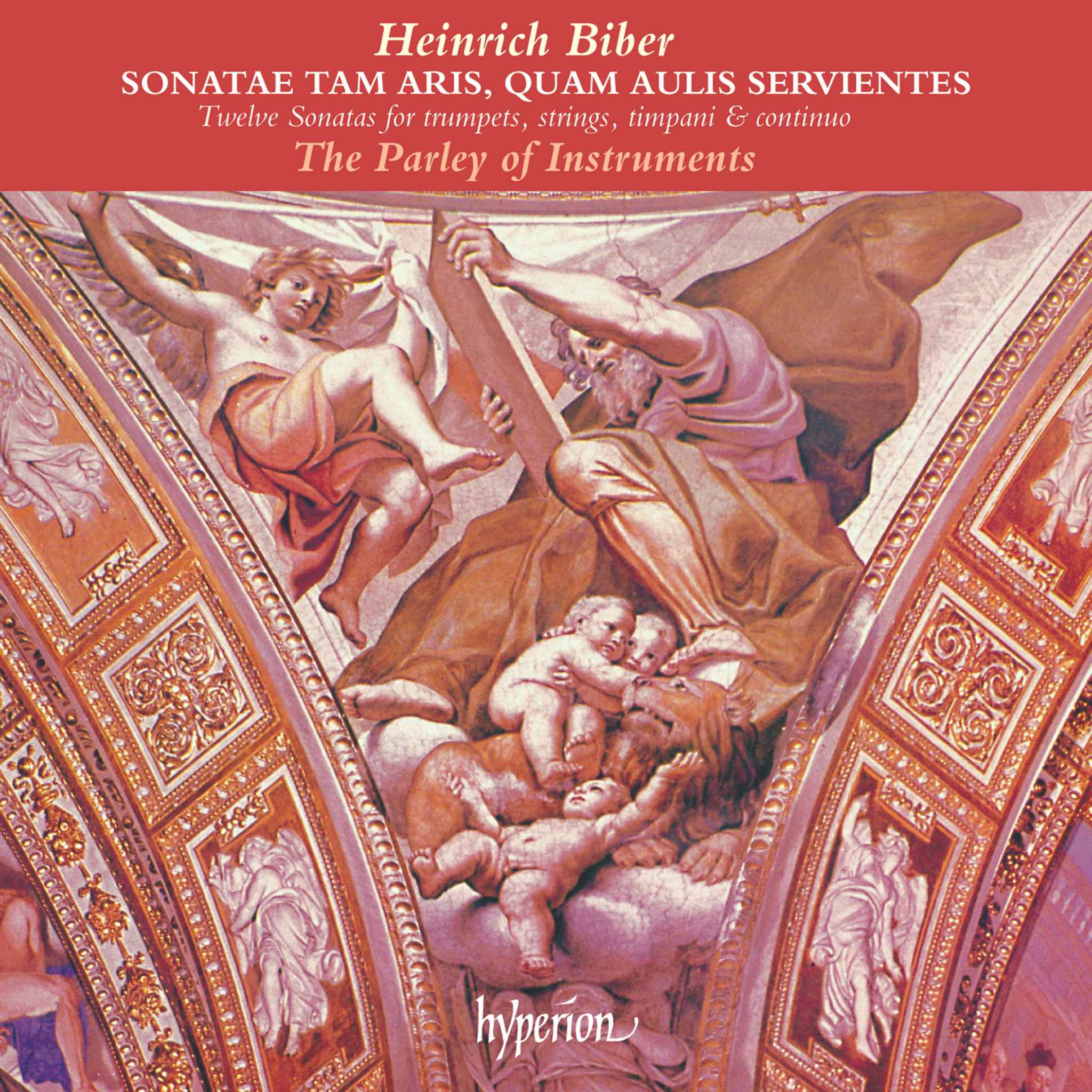Album insights
Sergei Rachmaninoff and Nikolai Medtner, both esteemed concert pianists and composers, form an intriguing and like-minded pair. Stemming from strict academic backgrounds, they rebelled against their training to largely become self-taught musicians. While Rachmaninoff's fourth piano concerto sparked an interesting exchange on the length of their works, both remained loyal to their aesthetic upbringing, rejecting new musical trends. Despite their struggles with the Bolshevik regime, they both longed intensely for their homeland.
Rachmaninoff's Piano Concerto No. 3 in D Minor:
After completing his second piano concerto, Rachmaninoff married his cousin Natalia Satina, with the permission of the Tsar. Despite facing serious health issues, he continued to excel in his triple career as a composer, pianist, and conductor. Rachmaninoff dedicated this work to Josef Hofmann. While facing financial worries, he found hope in a lucrative concert tour of America, during which he composed his third piano concerto. Initially conceived years earlier, the concerto was practiced on an artificial keyboard during his voyage to America and premiered in New York in November 1909.
The concerto begins with palpable tension, leading to massive tonal accumulations in the development section. Rachmaninoff's ability to incorporate rhapsodic elements without sacrificing disciplined thematic work shines through. The rest of the exposition involves a series of accelerandos preparing for the immense accumulation in the development section, characterized by an unusual sequence of keys. The concerto then leads to a tranquil cadenza before revisiting earlier themes, ending with an accelerando, in line with the initial structural principle.
Just like in his second concerto, the slow movement of Rachmaninoff’s third concerto bridges the harmonic gap between the first and second movements. The Romanza and Divertimento sections follow a distinct pattern of Toccata, Romanza, and Divertimento. Medtner’s penchant for rhythmic fantasies juxtaposed with conventional harmonic expression creates an engaging narrative. The last movement introduces virtuosic challenges and contrasting motives, highlighted by a lively dialogue between piano and orchestra. The concerto concludes with a tumultuous finale, showcasing Medtner’s humor and musical prowess.
Nikolai Medtner’s life intertwined with Rachmaninoff's, from their shared experiences in Europe to America. Medtner's second piano concerto, characterized by its three distinct sections—Toccata, Romanza, and Divertimento—highlights his rhythmic inventiveness and harmonic expression. The concerto was well-received upon its premiere during Medtner's emotionally-charged return to the Soviet Union. After years of obscurity, Medtner's second concerto slowly gains recognition in the solo concert repertoire.









